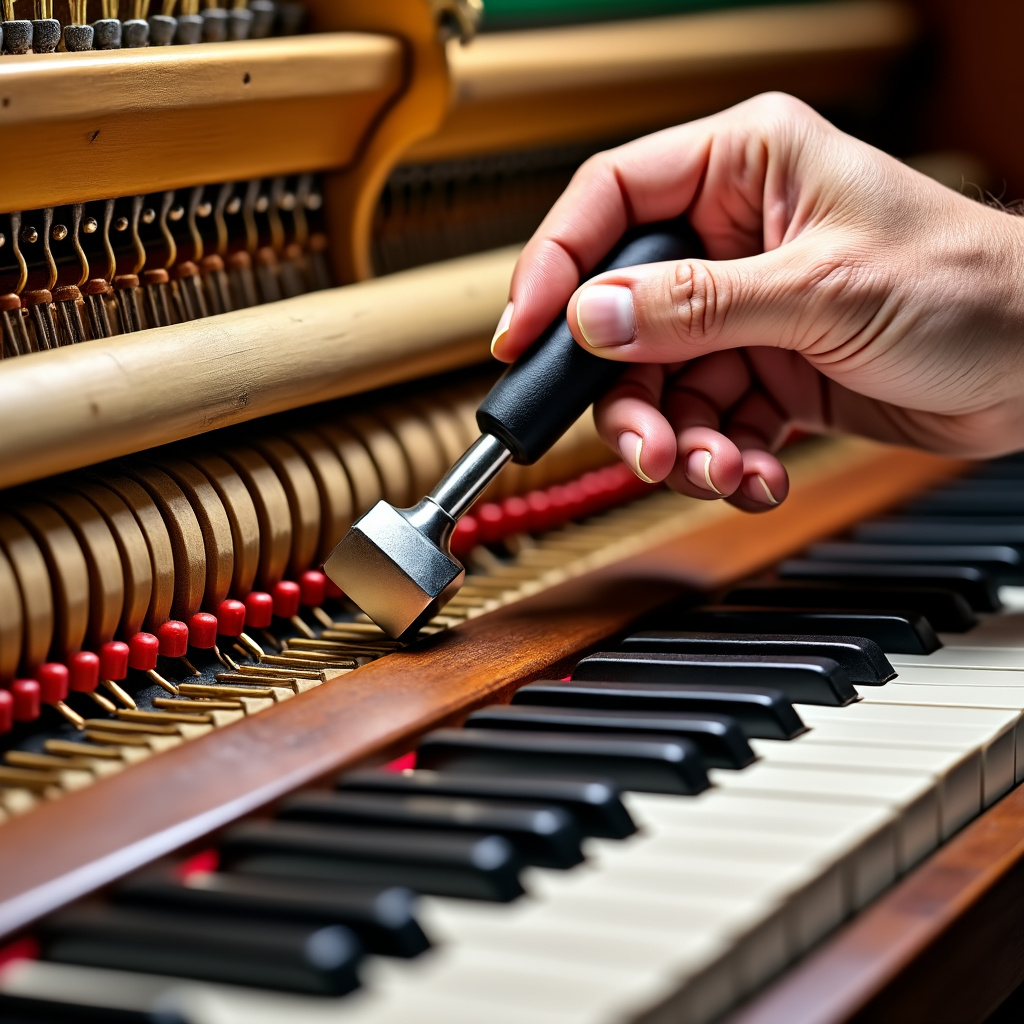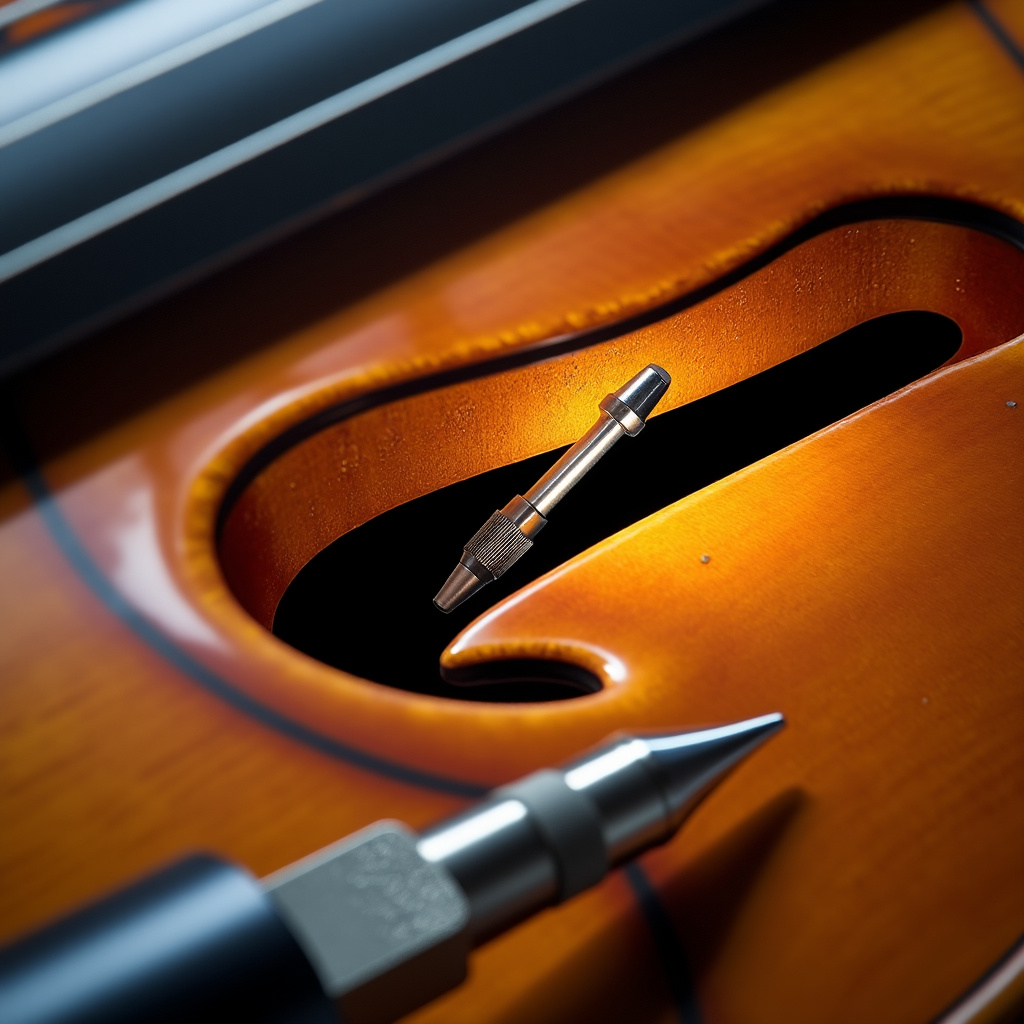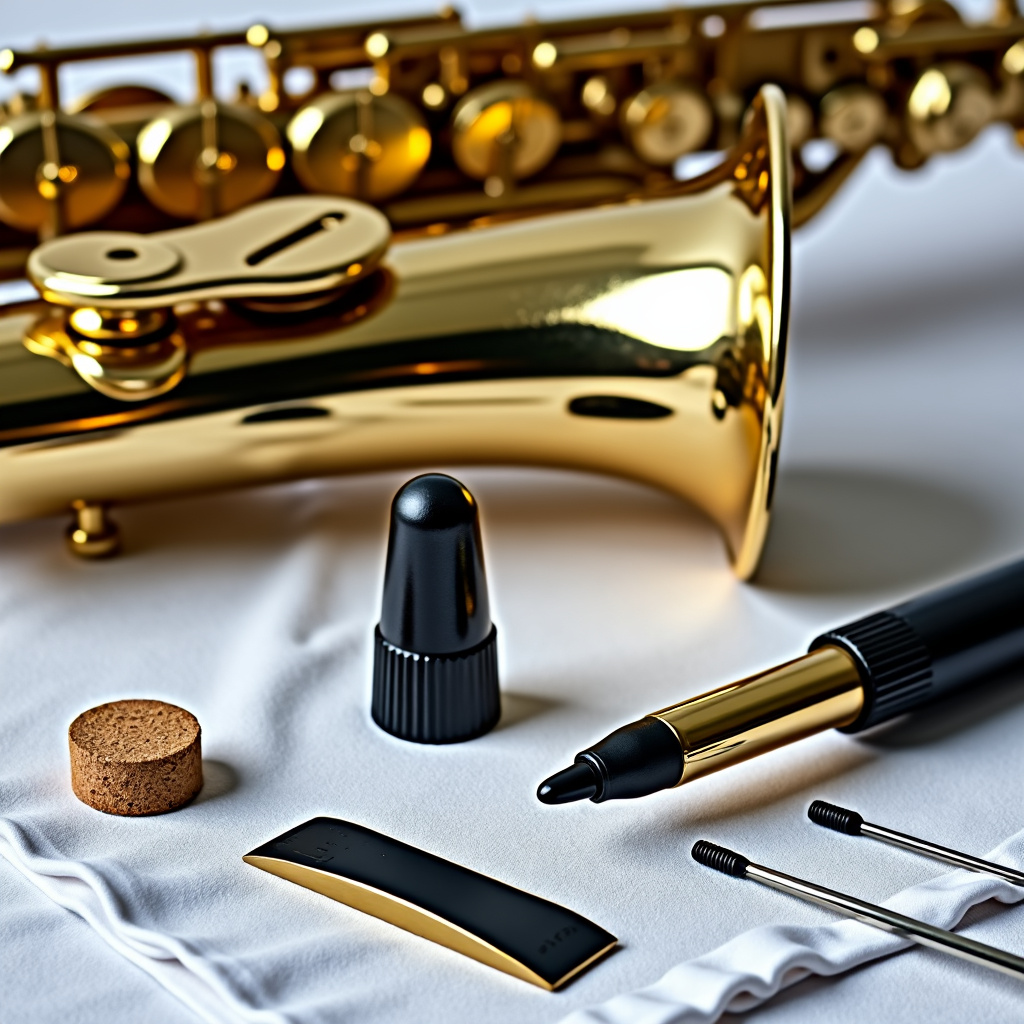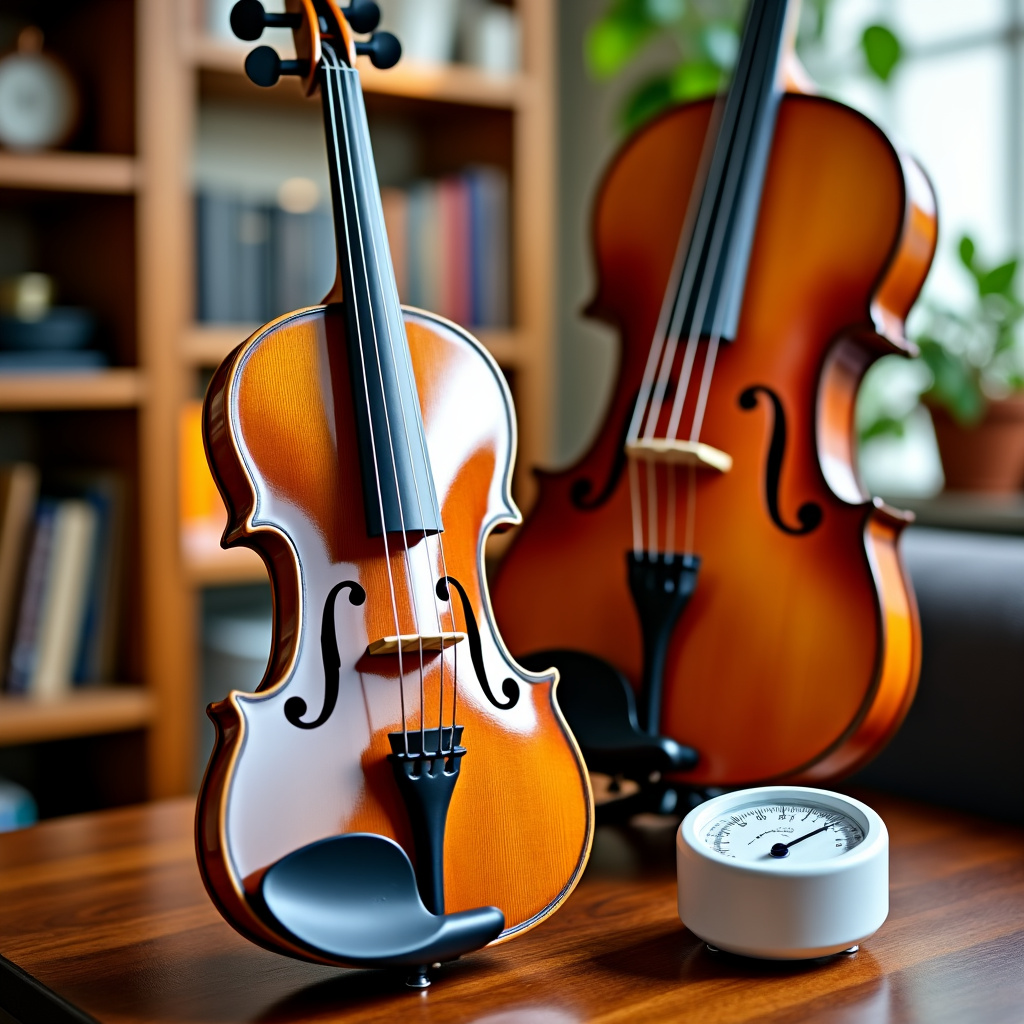Our Blog
Expert advice, tips, and insights on instrument care and maintenance.

Regular piano tuning is essential for maintaining your instrument's sound quality and longevity. This comprehensive guide explores the ideal tuning frequency based on usage, environment, and piano type. We also discuss how to recognize when your piano needs tuning and preventative measures to maintain tuning stability between professional services.
By John Smith

A professional guitar setup can transform a difficult-to-play instrument into one that feels effortless. This article details the components of a comprehensive setup including action adjustment, intonation, nut filing, and truss rod alignment. Learn how these adjustments affect playability, tone, and how often your instrument should be professionally serviced.
By Emily Chen

The sound post is often called the 'soul' of the violin for good reason. This technical article explains how minute adjustments to sound post position can dramatically alter your violin's voice. We explore the relationship between sound post, bridge, and bass bar, and provide guidance on recognizing when your instrument might benefit from professional sound post adjustment.
By Michael Rodriguez

Proper saxophone maintenance extends beyond occasional cleaning. This comprehensive guide covers daily care routines, pad maintenance, key oil application, and reed selection. We provide step-by-step instructions for disassembly and cleaning, along with professional recommendations for maintenance products that will keep your saxophone playing its best.
By David Williams

While tuning adjusts pitch, voicing shapes your piano's tonal character. This in-depth article explains the process of hammer voicing, regulation, and how these services can revitalize an instrument that sounds dull despite being in tune. Learn what to listen for when evaluating your piano's voice and when to seek professional voicing services.
By John Smith

Humidity fluctuations are among the greatest threats to wooden instruments. This essential guide explains the science behind wood movement, how to recognize humidity damage, and practical solutions for maintaining optimal conditions. We review humidifiers, dehumidifiers, hygrometers, and instrument-specific humidity control systems to help protect your valuable instruments.
By Emily Chen
Subscribe to Our Newsletter
Get the latest articles, tips, and insights on instrument care delivered to your inbox.
Have a Question About Your Instrument?
Our experts are here to help. Contact us for personalized advice.
Ask a Question